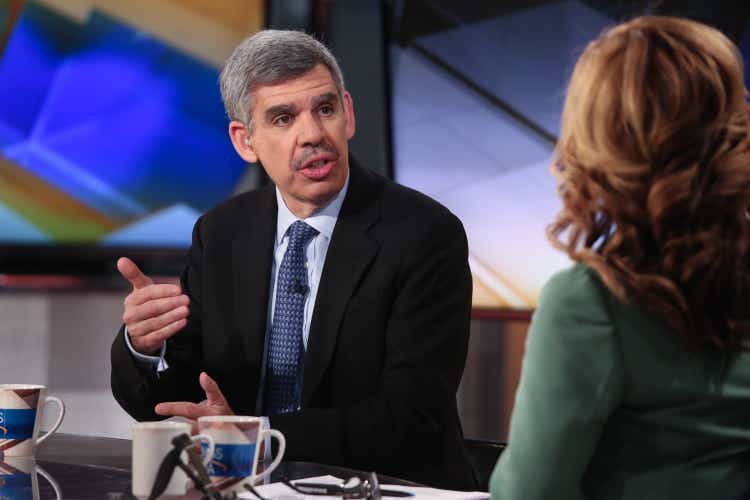We are in a massive bond bubble, and it is beginning to pop. Silicon Valley Bank and Signature Bank are only the beginning.
You can picture bond prices this way: The lower the interest rate a bond pays, the more expensive a bond is. The higher the interest rate it pays, the cheaper that bond is.
Thanks to the Federal Reserve, bonds have been extremely expensive since 2008. From 2015 to 2020, the Fed tried to bring the price of bonds back down, but then the pandemic hit and bonds became extremely expensive again.
This is what was called ZIRP. Zero Interest-Rate Policy. The Fed kept ZIRP way past the point they should have. The initial "quantitative easing" was to save the economy during the Great Recession. But once the recession was over, the Fed kept ZIRP around, and that is where they really fucked us. Especially savers.
The Obama and Trump administrations took full advantage of ZIRP. Since it was really cheap to borrow money, they borrowed $16 trillion.
Corporations also went on a massive borrowing spree since they could borrow money cheaply, too.
Bond bubble.
If you are an investor who is required by your by-laws to buy only investment-grade bonds, then you aren't very happy about this. Investment grade bonds were extremely expensive.
To get any kind of decent returns, you had to buy astronomical quantities of these expensive bonds.
If you aren't required to buy investment-grade products, then the temptation to invest in riskier and riskier products is just too overwhelming to resist. And that's what a lot of investors have done.
The thing about being able to borrow money cheaply is that you end up borrowing more than you should and spending it on stupid shit. Our federal government did that, and corporations did that, and colleges did that.
Another incentive for the federal government to borrow a lot of money and spend it on stupid shit is that government spending is a significant part of GDP. So spending a lot of money on stupid shit is a great way to artificially juice GDP growth as you borrow and spend, borrow and spend, borrow and spend.
Nevertheless, all the printed money was moving around pretty slowly. It wasn't really heating up our economy the way our big spenders were hoping it would.
I have likened the sluggishness to borrowing a trillion dollars and burying it in your backyard. As long as it is buried, it isn't contributing to inflation.
Then the pandemic hit, and the economy ground to a halt. Money was not moving around at all.
Once the pandemic passed and the markets opened back up, consumer demand boiled over to record levels. Money began flying around at a rapid clip. Those trillions of dollars buried in the back yard were dug up and put into action.
GDP surged, and inflation took off.
The President can't stop inflation. Pretty much only the Fed can. And the only tool they have in their tool box is to raise interest rates.
Suddenly, bonds are cheap!
The fallout from this is that all those old expensive bonds are now underwater. Just like all those mortgages people had in 2008 were underwater when house prices fell.
Investors are sitting on $16 trillion of underwater government bonds, plus however many underwater corporate bonds there are.
And this isn't just a US problem. It's a global problem. All that old sovereign and corporate debt planet-wide is underwater.
SVB is the canary in the coal mine. After parts of Dodd-Frank were repealed in 2018, they went on a bond buying spree. They increased their sovereign and corporate debt by 158 percent in a single year!
If your mortgage is underwater, you won't have a problem so long as you can keep paying your mortgage. But if your mortgage resets to a higher monthly payment, as it did for tens of millions of Americans, then you are screwed. You go belly up.
That is the picture all those bond holders are facing now.

